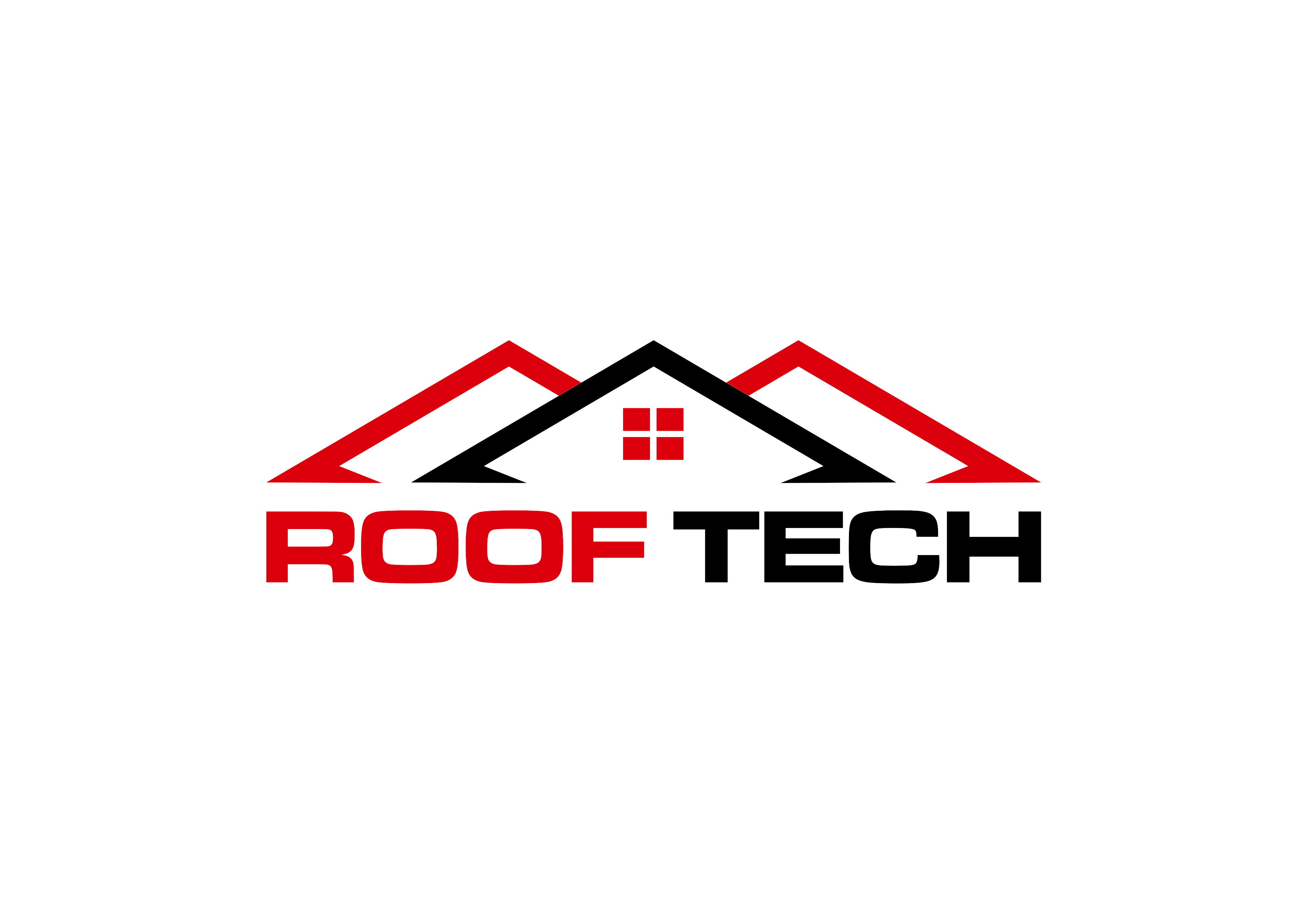Installing a Skylight in Your Roof: Pros and Cons of Roofing Innovations
Roofing innovations have come a long way in improving the functionality and aesthetics of our homes. Modern homeowners seeking an innovative touch to their dwellings often consider adding skylights to their roofs. Skylights are window-like structures that are installed on the roof to allow natural light to illuminate the interior spaces. While skylights offer various benefits, they also present a few drawbacks that homeowners should consider before making their decision.
One significant advantage of installing a skylight is the increased natural light it brings to a room. Natural light has been proven to have numerous benefits for individuals, both physically and mentally. It helps regulate our circadian rhythm, boosts mood, and enhances productivity. With a skylight, homeowners can minimize their reliance on artificial lighting during the day, resulting in potential energy savings and a reduced carbon footprint.
Skylights also provide excellent views of the sky, creating a unique ambiance in any room. Whether you want to gaze at the stars from your bedroom or enjoy the beauty of fluffy clouds from your living room, a skylight can offer an unparalleled experience.
In addition to the aesthetic benefits, skylights can also improve ventilation in your home. Some skylights are designed to be opened, allowing fresh air to circulate. This can be particularly beneficial in areas prone to high humidity, helping to reduce condensation and preventing mold and mildew growth.
Nevertheless, installing a skylight has its cons as well. One primary concern is the potential for leaks. While modern skylights have improved significantly in terms of durability and weather resistance, the risk of leaks remains. Improper installation or poor maintenance can lead to water seepage, causing damage to your roof and interior. Regular inspections and proper maintenance are necessary to prevent potential leaks.
Another drawback is the potential for increased heat gain or loss. Skylights can act as a thermal bridge, allowing heat to escape in colder climates or to enter during hot summer months. However, choosing energy-efficient skylights with proper glazing and insulation can help mitigate this issue.
Lastly, skylights can be a costly addition to your roofing project. The installation process typically requires the expertise of skilled professionals, adding to the overall expense. Furthermore, depending on the roof’s design and structure, modifications may be necessary to accommodate the skylight, increasing the cost further.
In conclusion, installing a skylight in your roof can be a fantastic way to add natural light, improve ventilation, and create a unique ambiance in your home. However, it is crucial to weigh the pros and cons before making this roofing innovation. By considering the potential for leaks, heat gain, and the associated costs, homeowners can make an informed decision that best suits their needs and budget. So, whether you embrace the idea of a skylight or not, remember to always consult with professionals to ensure a successful installation that enhances the overall appeal and functionality of your roof.
************
Want to get more details?
Roof Tech
https://www.rooftechnh.com/
New Hampshire roofing company.
